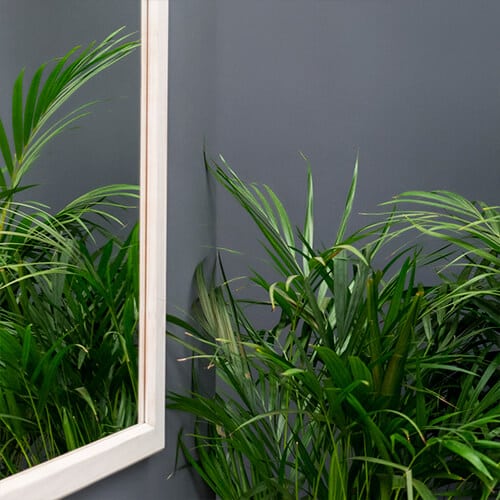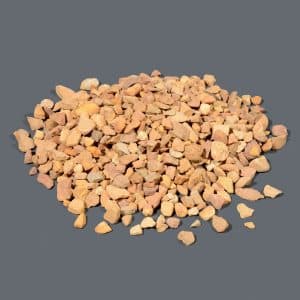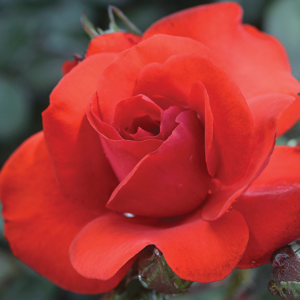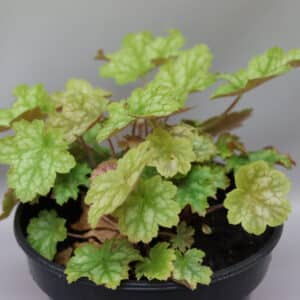How to care for your indoor palms
Indoor plant tips

Beautifully sleek and elegant, palms are easy to care for and add a jungle-chic tone to your home. They’re best in simple containers that show off their architectural forms, and make the ideal focal plant or backdrop indoors. These are some popular varieties and how to care for them in your home.
Parlour palm (Chamaedora elegans)
Long fronds of shiny green leaves characterise this bushy, upright, low-maintenance palm (which is also an air purifier). It’s been popular in homes since Victorian times and rarely reaches more than 1m in height. It’s a slow-growing plant, so buy one in a size that matches your space.
Light
● Parlour palms do well in filtered light and cramped space. Keep out of direct sun to discourage leaf scorching.
Water
● Water regularly to keep soil moist, but allow to dry out before each watering in winter.
Fertiliser
● Keep foliage lush and healthy with a balanced liquid fertiliser every month during spring and summer.
Expert tips
If frond tips turn brown, you can do one of two things to remedy the situation:
● Check that the bottom of the container is not waterlogged – browning could be caused by root rot due to overwatering.
● Raise the humidity and spray regularly with a mister, or sponge the leaves. This also helps to remove dirt.
Bamboo palm (Dypsis lutescens)
Also known as the areca or butterfly palm, this lush, tropical plant is a Madagascan native and grows up to 3.5m. Its feathery, arching fronds are attention-stealers, making them ideal for dull spaces.
Light
● Bamboo palms will grow tall in bright, indirect light but also do well in low light.
Water
● Water only when the soil feels dry.
● Regularly check that the plant is draining properly.
Fertiliser
● Feed with a time-release fertiliser and water well.
Expert tips
● Repot when they become too big for their containers.
● Keep an eye out for mites on the undersides of leaves. If it becomes a problem, wipe with soapy water.
Sago palm (Cycas revoluta)
Perfect for beginners, this ferny, feathery plant can be grown indoors or out. Technically not a palm (it’s actually a cycad), over time it will form a distinctive trunk and start resembling a fern tree.
Light
● It likes bright light but not direct sun.
Water
● Allow the soil to dry between watering and do not overwater – the leaves will turn yellow. Reduce watering in winter when the temperature cools.
Fertiliser
● Feed with a slow-release palm fertiliser monthly.
Expert tips
● New growth starts to appear in spring but resist the urge to change the position of these plants. The fronds unfurl and will follow the sun, so moving them around too much will give them a crooked shape and stem.
Lady palm (Rhapis excelsa)
Dramatic fan-shaped foliage on tall stalks give this beautiful palm tropical appeal. It’s a real eye-catcher that can reach up to 3.5m.
Light
● Keep near an east-facing window, out of direct sunlight.
Water
● Water when the soil dries out. Drench soil with water until it runs out the drainage holes and into the drip tray. Empty after 20 minutes.
Fertiliser
● Feed with a liquid houseplant fertiliser in summer.
Expert tips
● Repot every two years to refresh the soil and encourage growth. African violet potting mix works well for lady palms.
You might also like
Shop online
-
SATCHMO ROSE 17cm
- R119.99
-
FERTILIZER GENERAL 2.3.2
- R99.99 – R339.99
-
CORAL BELLS GINGER ALE 14cm
- R99.99




